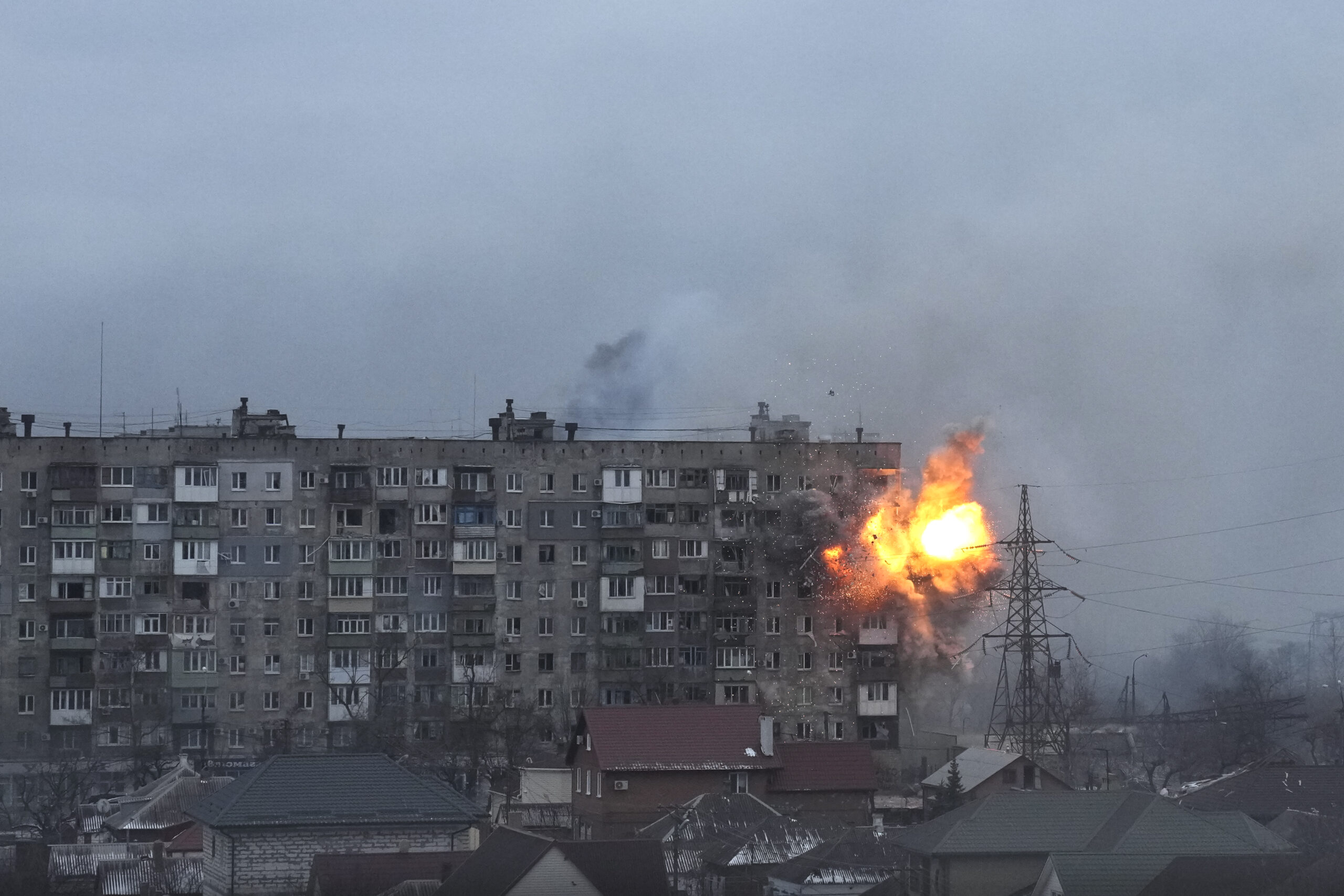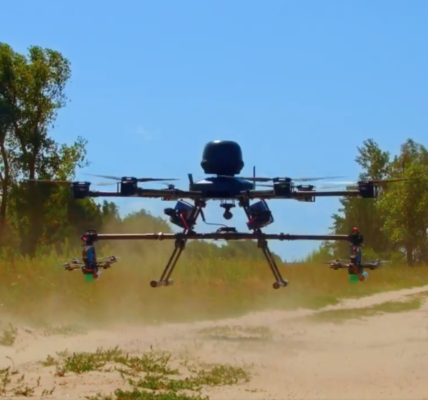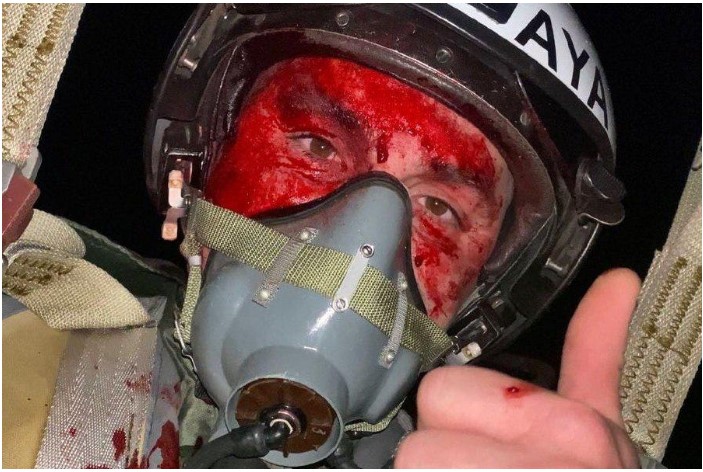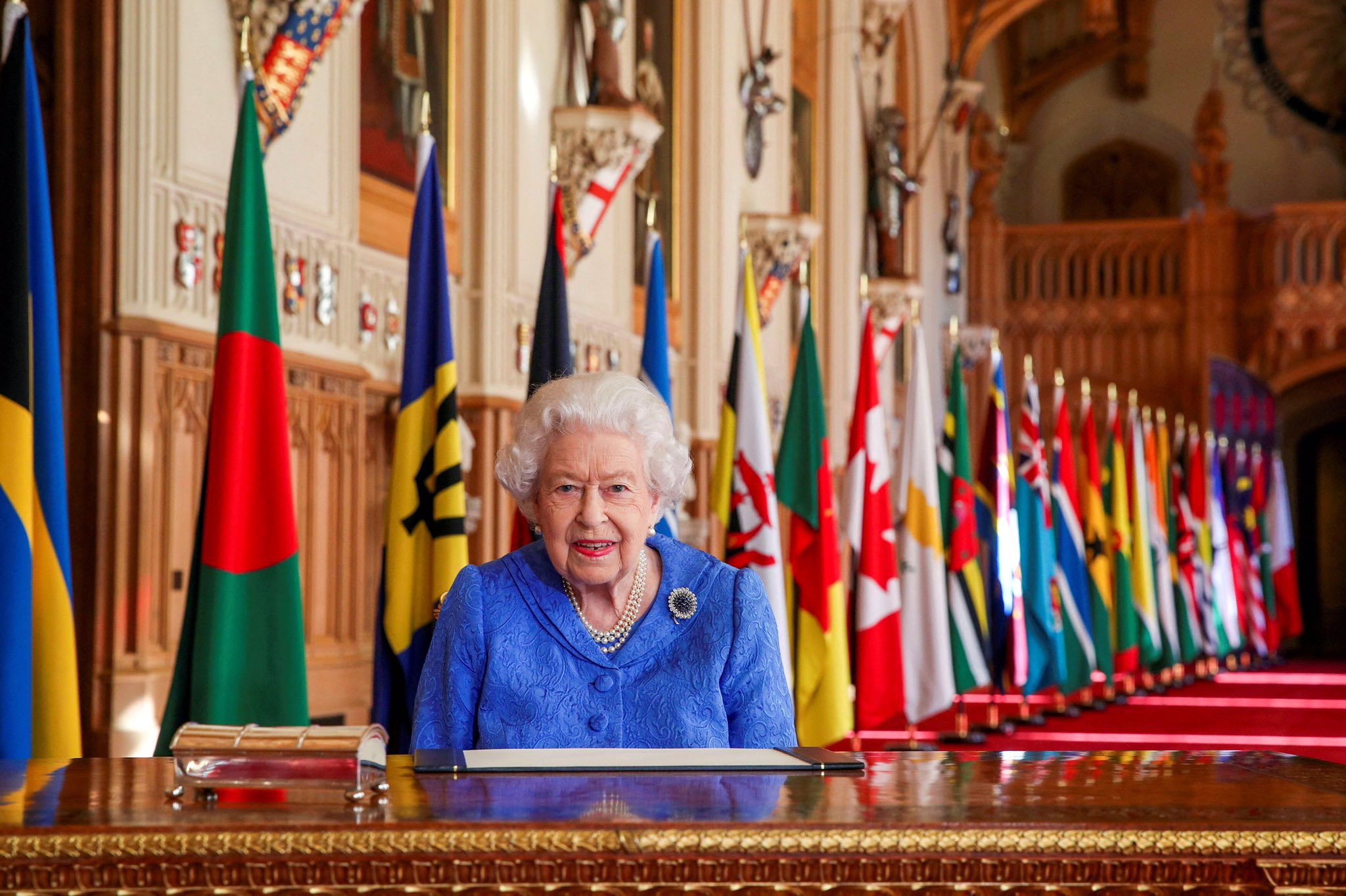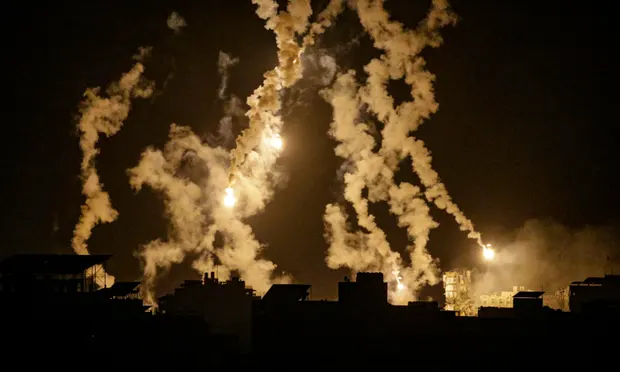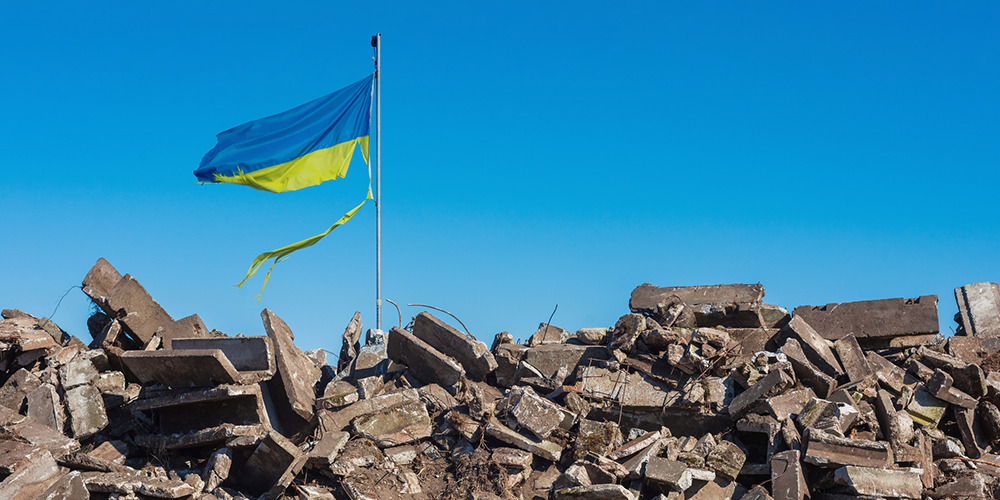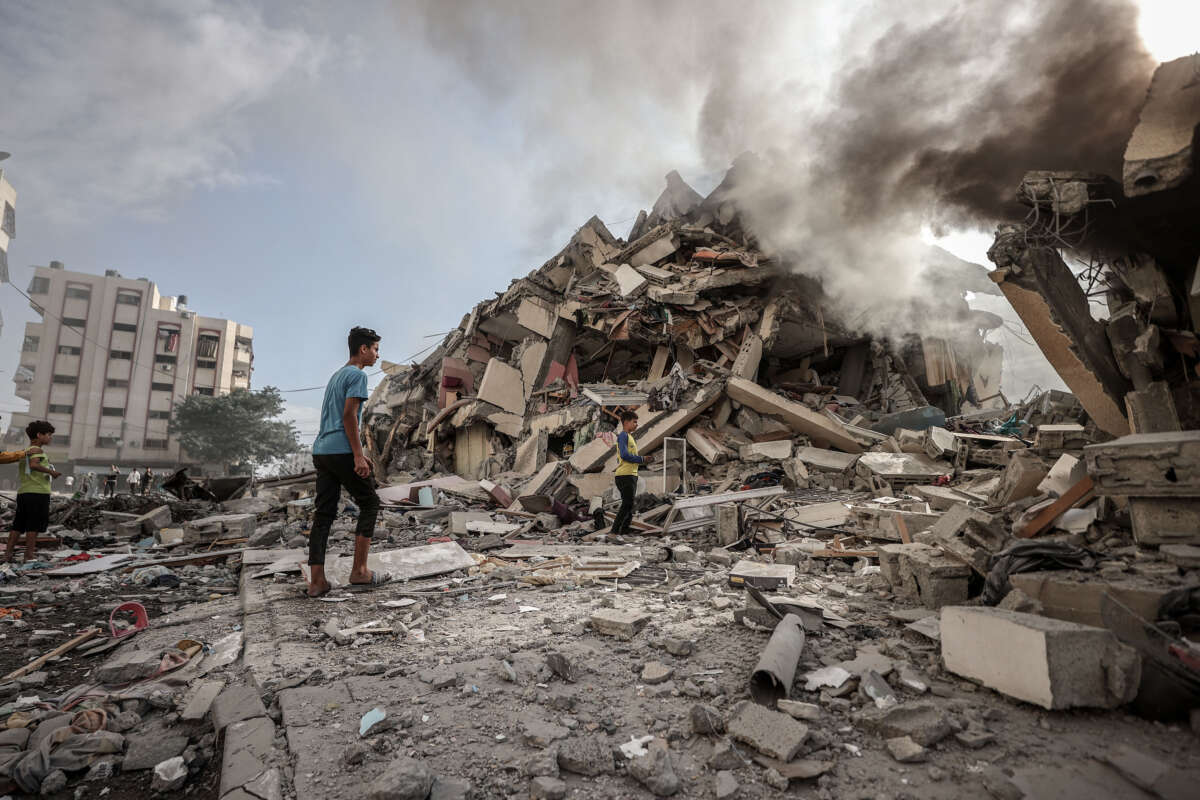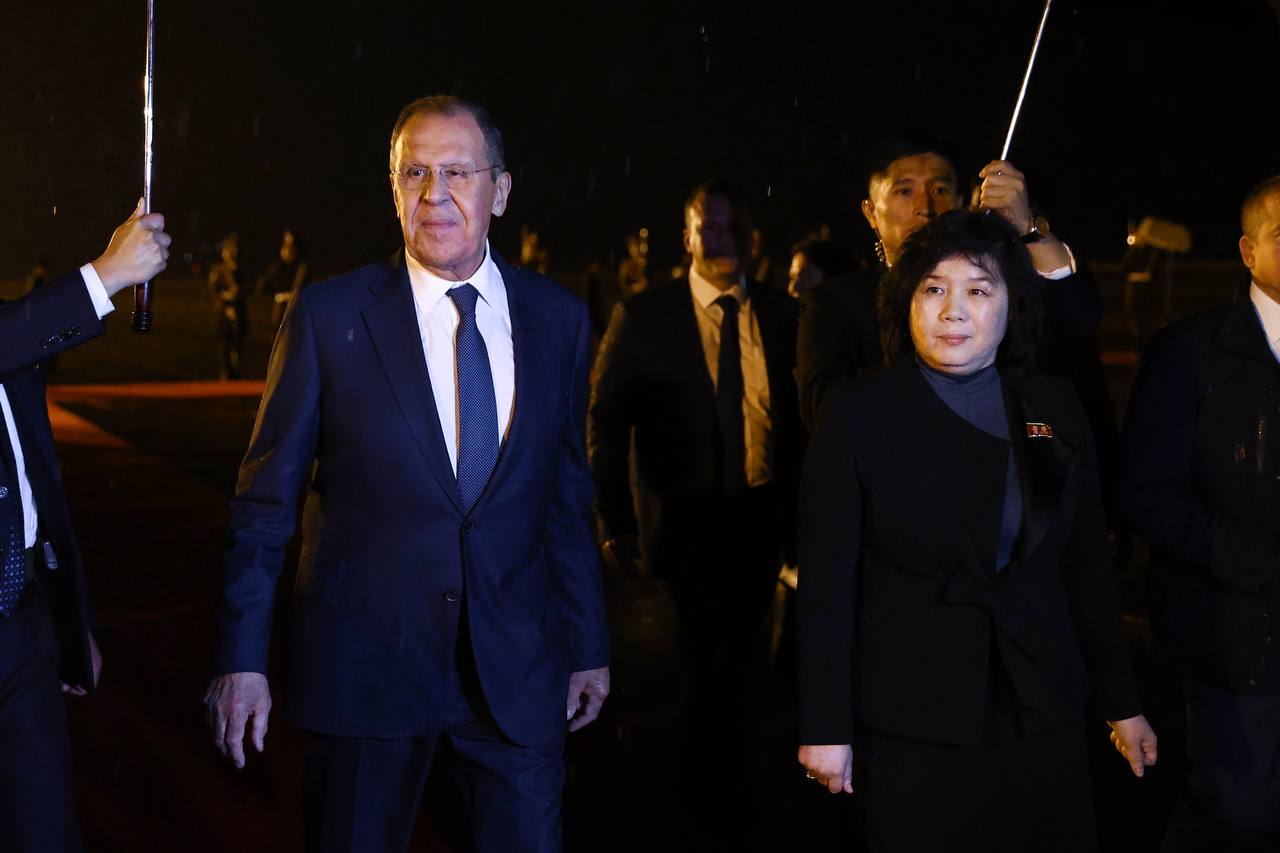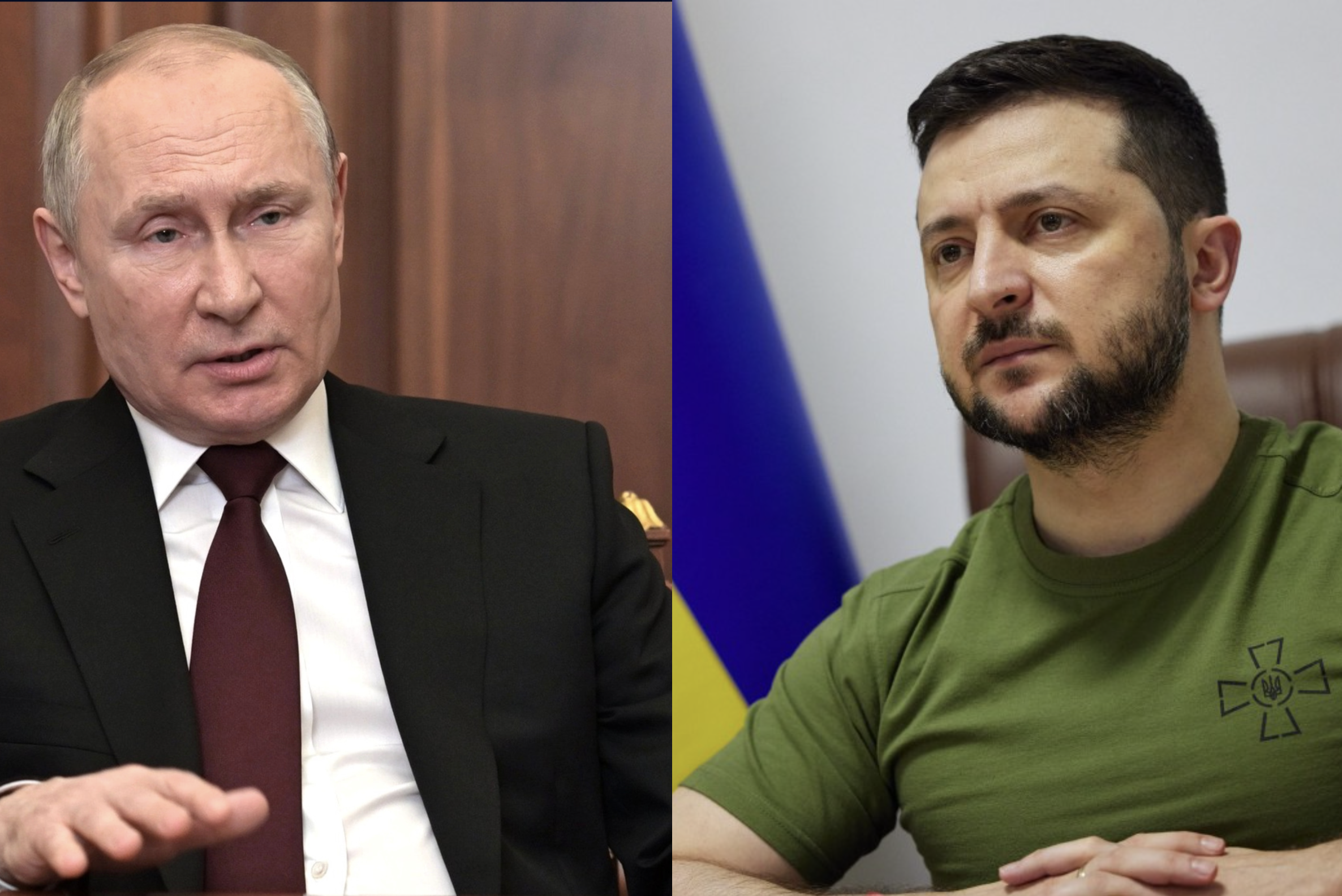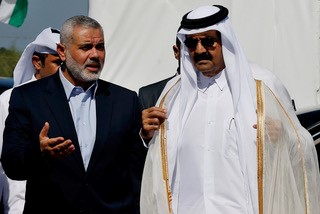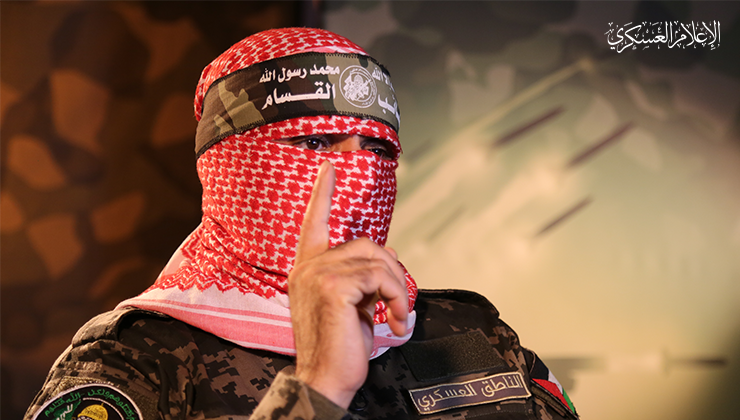How the world was in 2022, and how it might look in 2023: NSN’s review and predictions
It was a year in which the world threatened to come apart, but it ended up coming together to confront a dictator and a criminal state.
Putin’s war in Ukraine has had the unintended effect of strengthening diplomatic ties between NATO, Europe, and Western states. The sharing of critical intelligence between allied countries standing against Russia has increased in a way that hasn’t been seen before and countries are committing to investing more in green infrastructure and technologies thanks to Russia’s weaponisation of its oil and gas supplies.
What could have been a year of increasingly fragile diplomatic ties has instead unified the West in a way not seen since Brexit.
NSN rounds up 2022’s biggest national security events and predicts what some of 2023’s most impactful national security threats could be.
NSN’s Yearly Roundup
Russia-Ukraine war

The world has seen the tragedy unfolding in Ukraine since the start of Russia’s unprovoked invasion on 24 February 2022.
As the war in Ukraine grinds on, it continues to impact the lives of its citizens and produce massive damage to its infrastructure and economy.
The war has resulted in the fastest-growing refugee crisis in recent history, with over 7.8 million Ukrainian refugees fleeing to countries across Europe.
Beyond Ukraine’s borders, the war has shattered peace in the West and has become a wider battle against the threat of European values.
Many nations, including UK and US, declared Russia a significant and direct threat to peace and security, with Nato also stating that Russia’s war on Ukraine is the most serious security crisis since World War II.
Russia weaponised its supply of oil and gas, driving a global energy crisis, and contributed to a surge in food prices, as Russia took Ukraine’s grain off the market. Countries dependent on imported goods from Russia and Ukraine have become vulnerable, and the prospect of social unrest in poorer countries has been heightened as a result.
The most terrifying prospect of this war globally has been President Vladimir Putin’s numerous veiled threats of using nuclear weapons, endangering the international non-proliferation regime. Although the likelihood of Russia using nuclear weapons is deemed as low, counties have increased military spending and have re-evaluated their defences.
On the upside, the international response has resulted in Russian officials being expelled from around the world, including more than 600 from Europe – over 400 of whom were suspected to be spies. British intelligence chiefs reported this as the “most significant strategic blow” against the Russian Intelligence Services in recent history.
As we enter 2023, the Kremlin has shown little willingness to negotiate with Ukraine to end the “special operation” and insists that any proposals should consider the sovereignty of the four Ukrainian regions it has annexed.
The outcome of the war remains unclear; however, Russia will continue to be seen in a threatening light in the year ahead.
Corruption

Financial crime and corruption in Russia is said to have been one of the first obstacles Russian forces faced as they attempted to make early gains during their illegal invasion of Ukraine. Poorly maintained hardware, misappropriation of funds and assets, and even out-of-date food ruined any chance of President Putin’s anticipated quick victory.
Although controversial, a popular estimate says that corruption costs the planet more than $2.6 trillion annually, or 5% of global GDP. This rampant theft, often from the ordinary citizen, is responsible for some of the worst instability and inequality in the world, hampering much-needed sustainable development.
NSN believes that corruption has been and remains one of the biggest threats to national security, globally. It erodes trust in public offices and officials and increases inequality, often trapping entire countries in a never-ending cycle of poverty and conflict.
According to Transparency International’s most recent Corruption Perception Index, 15 of the 20 most corrupt countries are African and Middle Eastern states – the two regions most prone to violence and insurgency, and two of the most geopolitically and resource-important for Western countries.

Critical minerals in sub-Saharan Africa, access to which is often obtained through bribery, are mined by companies owned by governments often hostile to western governments and supranational alliances.
And the widespread corruption of government officials, as seen recently in the EU-Qatari bribery scandal, pushes influence that is often not beneficial to the wider populace or individual economies.
Recent attempts to improve transparency, such as the EU’s failed attempt to grant public access to Ultimate Beneficial Owner (UBO) registers, are often lip service with no real results. The UK’s corporate register, Companies House, remains unverified, despite government calls for reform, allowing names such as ‘Adolf Tooth Fairy Hitler’ to pose as genuine directors.
Without real progress and cooperation between nation states, corruption will continue to thrive, boosted by opaque UBO registers and corporate registers, fostering inequality and violent conflict.
Cyber Terrorism
This year brought a disturbing number of cyber-attacks and data breaches targeting government and critical infrastructure around the globe. Russia launched numerous cyber-attacks as part of its ongoing war in Ukraine in an attempt to disrupt military intelligence and humanitarian efforts.
Meanwhile, mid-year, Costa Rica went on lockdown following a month of devastating ransomware attacks carried out by cybercrime group Conti costing the country in the region of $30 million dollars each day forcing government officials to declare a state of national emergency and lean on the US and other countries for help.

Australia was also hit equally as hard this year with attacks on the country’s largest service providers including Medibank, Optus Telecoms and EnergyAustralia.
Further to this, 14 US airport websites including New York, Chicago, Atlanta, Denver, and Los Angeles were compromised – Cyber GRX CISO Dave Stapleton says it comes as no surprise the government has ramped up cyber programmes significantly over the last year.
As 2023 edges closer, Stapleton encourages organisations to participate in public and private partnerships and engage in industry focused information sharing groups. He also hopes governments will start to incentivise good cyber hygiene habits such as adding increased security tools versus issuing punishments when a breach does occur.
What will be the top 3 national security threats in 2023?
Ongoing Conflicts

Russia’s war in Ukraine, China’s conflict with Taiwan, North Korea’s sabre rattling, and Iran’s internal instability. These are just some of the many on-going global conflicts, which threaten global and national security. Conflicts in sub-Saharan Africa, for example, impede democracy and foster extremism.
NSN believes that other than Russia’s ongoing invasion of Ukraine, the tension between China and Taiwan, the instability in Iran alongside tense relations with the West, and the growing threats from terrorist organisations and insurgent groups in sub-Saharan Africa pose a significant national security threat to the West.
Much of Western industry is reliant on semi-conductors critical to the global economy, produced in Taiwan, and critical minerals found only in sub-Saharan countries, such as cobalt.
Conflict is likely to continue in Ukraine as Ukrainian forces refuse to bow down to the Russian threat. The weaponisation of oil and gas supplies and the resulting global energy crisis will continue, as will the surge in food prices.
Any war between China and Taiwan, has the potential to crash the global economy as the US and Europe respond with sanctions and military support, drawing the West into direct conflict with China’s well-equipped People’s Liberation Army – neither the American nor British governments have hidden their growing tensions with China as well as their support for Taiwan.
The deterioration of national stability in Iran, increasingly vocal criticism from Western government and private leaders of Iran’s violent response to protests, and the country’s growing ties with Russia – Iran has allegedly provided weapons and training to Russian forces in Ukraine – all contribute to a volatile situation with the potential to become an international crisis.

The West has failed to revive the nuclear deal – Iran is allegedly closer to reaching nuclear bomb-making capability than ever before – and Iran’s economy is in tatters.
Ali Vaez, Iran project director at non-profit Crisis Group said “2023 is going to be a pivotal year for Iran.
“The economy is in more trouble than ever; the society is more disgruntled than ever; and the country is more isolated than ever.”
He added “The Islamic Republic is where the Soviet Union was in the early, not late, 1980s. It’s a regime that is ideologically bankrupt, economically broken, and politically paralyzed.”
Any worsening of these situations will have significant consequences not only for Iranian citizens, but also for Ukraine, Russia, the Middle East, and Western governments’ foreign policies.
Climate Change

Climate change is not merely an environmental problem, but a national security one too. NSN would expect climate change to move up government agendas in 2023, to do more to prepare for extreme weather and its consequences.
The world is experiencing deadly and life-altering climate-related disasters year on year. In 2022 temperatures hit new highs in the UK, wildfires broke out across Europe, while flooding, hurricanes and typhoons claimed countless lives globally.
Climate-induced changes and global environmental degradation has an impact on various points of conflict which threaten countries’ stability and safety.
Resource scarcity will fuel competition for resources, economic distress, and social discontent.
Climate refugees and mass migration will change national security dynamics as communities will continue to be displaced both within nations and across the globe.
Critical national infrastructure, such as power, water, and transport, as well as defence infrastructure, is vulnerable to extreme weather. This can impact military readiness, activity, and operations.
New points of conflict may also result from climate change issues. Changes to the physical environment such as the melting of the icecaps in the Artic creates a new geopolitical area to patrol. Geopolitical tensions are likely to grown about how to respond to the challenge of climate change, especially with challenges from a country’s adversaries and competitors.
Events such as Russia’s attack on Ukraine has increased the argument for the need to transition away from fossil fuels, as many countries relied on Russian oil, gas, and coal imports. In this sense, investment into renewable energy will contribute to energy security and political stability.
Getting ahead of climate change issues needs to take a more prominent role in 2023. Just like the military prepares for conflict before it happens, the same should go for battling against climate change.
Far Right Domestic Terrorism
NSN predicts that far right violent extremism, jihadist-inspired attacks, and the persistence of the far-right, either in the form of lone offenders or small groups motivated by ideological beliefs or personal grievances, are all likely to remain threats in 2023 but becoming more acute.
Storming major government institutions has now become a uniting cry of violent far-right extremist groups fuelled by conspiracy theories and disinformation leading to political polarisation, and anti-establishment sentiment.
Ties among far-right extremist movements continue to emerge and deepen, as “new” ideologies such as white-supremacist, Neo-Nazi and incel ideas forge alliances between burgeoning networks of politicians and far-right personalities.
Mi5’s director general Ken McCallum said since the start of 2017, they have together with the police disrupted 37 late-stage terror attacks and foiled eight deadly plots since the summer of 2021. As before, these attacks have been a mix of Islamism and extreme right-wing terrorism, which has continued to evolve away from structured real-world groups to a diffuse online threat from the comfort of one’s own bedrooms. These online groups grant individuals easy access to right wing spaces, encouraging them to draw inspiration from attacks in other countries, network with each other, and move towards a radical mindset.
This has led to further attempts to try and acquire weapons and firearms, either illegally obtained or homemade, making it harder for early intervention.
As evidenced by the Manchester Arena bombing in 2017, and the terror incident outside Liverpool Women’s Hospital in November 2021, the threat posed by the far-right has moved on. Now with the cost-of-living crisis in the UK, the government needs to act fast to ensure the country is prepared for a terrorist attack as more and more young people turn to hateful ideology online.

